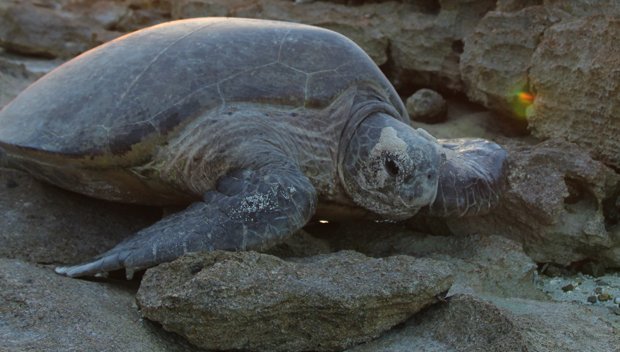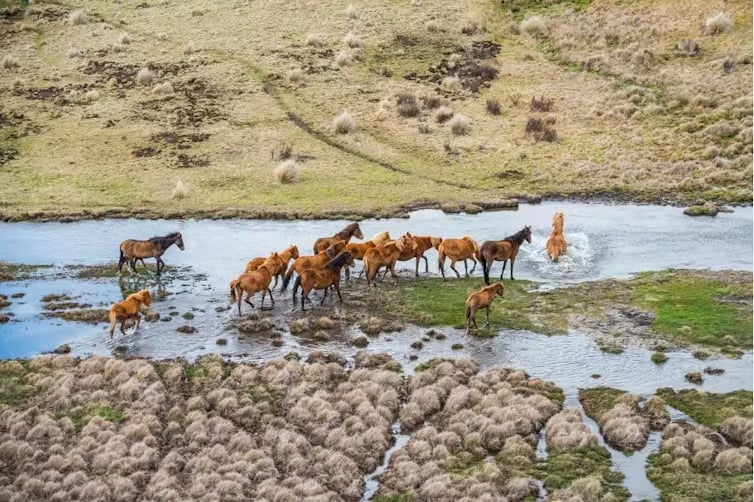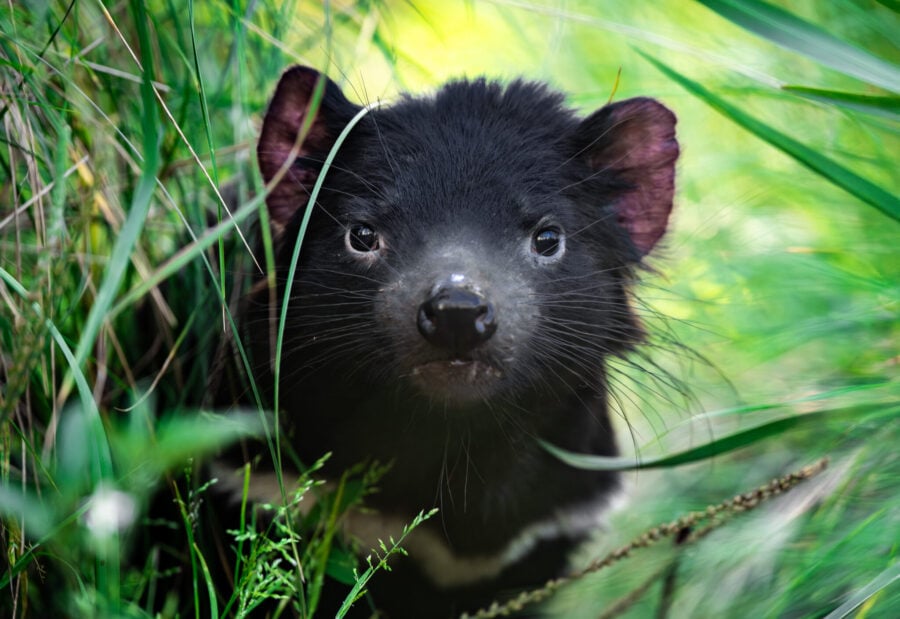Turtles choose their egg-laying date

FEMALE TURTLES DELAY EGG-LAYING until it is safe to do so, maximising the chance of hatching, a recent study has revealed.
The findings, published last month in The American Naturalist, may explain why turtles, unlike other reptile species, have never evolved to give birth to live young.
“Surprisingly, live birth has evolved in over 120 lizard and snake species, but never in closely-related crocodile or turtle groups,” says Dr Anthony Rafferty, biologist at Monash University in Melbourne and author of the study. “Until now, the reasons why live birth has not evolved in these reptile groups were unknown.”
Researchers had previously suspected that instead of giving birth to live young, turtles hold on to their eggs, arresting development in the embryos until they are in a safe environment to lay them.
However, until now, it wasn’t clear how the mothers achieved this.
Mother turtles halt development of their eggs
Rafferty and his collaborators identified varying oxygen levels in a mother turtle’s eggs as a likely mechanism, investigating the phenomenon in four species of turtle, including the green sea turtle (Chelonia mydas).
Oxygen levels in the oviducts of the mother turtles and in the mucus they secreted during egg-laying were examined, as well as the effect of oxygen deprivation on the eggs.
The researchers discovered that embryo development was halted by oxygen deprivation and that the thick mucus surrounding the eggs in the uterus blocked the diffusion of oxygen into the eggs.
“It appears the female actively produces a mucus-like substance inside the reproductive tracts where the eggs are stored, to lower oxygen levels and cause the eggs to stop developing,” says Anthony.
Turtles control egg-laying to promote safe hatching
Researchers also found that longer spells of oxygen deprivation could halt development altogether. This had particularly important implications for conservation of the endangered leatherback turtle (Dermochelys coriacea). Typically, more than half of the species’ eggs fail to hatch.
“We think that the trigger to restart development is not occurring in these eggs after they are laid and the embryos subsequently die,” says Anthony. “Further research will give us a better picture of this.”
Dr David Pike, a lecturer in marine biology at James Cook University in Queensland, says the study has significantly expanded scientific knowledge of a turtle reproduction processes.
“[The study implies] that the reproductive biology of turtles is somewhat different from the majority of lizards and snakes, so when people talk about reptiles they’re actually quite different animals fundamentally,” says David.
“We need to keep in mind that it’s important to study all these different groups.”
RELATED STORIES




